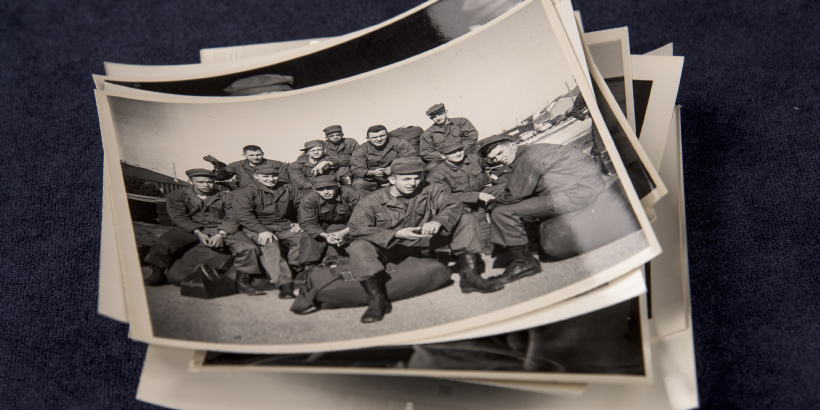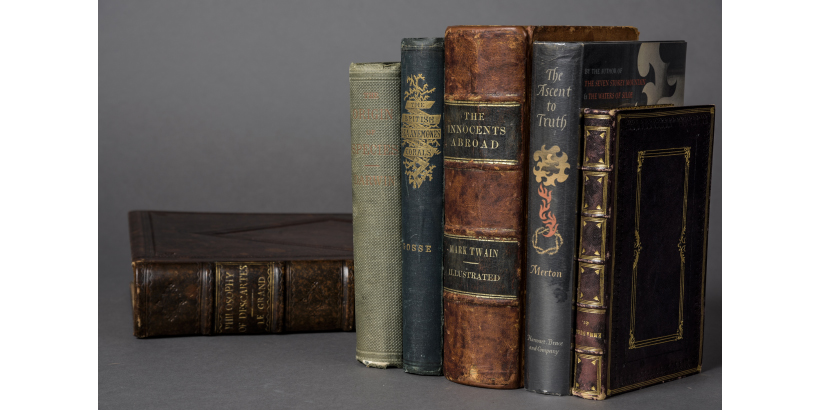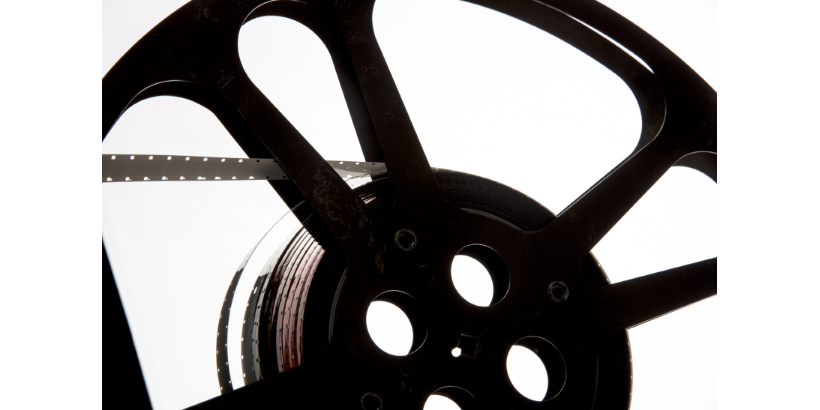Preserving History for Future Generations

If you’ve spent any time in Payson Library, you’re probably at least somewhat familiar with our Special Collections and Archives. You may have walked by the Reading Room and witnessed a researcher going through an archival box full of documents and photographs. Perhaps you strolled by the Seminar Room and saw a librarian teaching a class in the presence of centuries-old manuscripts. Or, you glanced into the Processing Room and saw student employees sorting through letters and typing information into a computer. But what is going on behind the scenes? What is Pepperdine Libraries doing to ensure the preservation of history for generations to come?
Special Collections at Pepperdine exists to collect, organize, preserve, and make available materials with historical or research value that support the research, teaching, and service mission of the University. The department consists of rare books and archival collections, the bulk of which fall into our major collecting areas: University Archives, The Malibu Historical Collection, The Churches of Christ Heritage Collection, and Film and Television Archives.

The size of an archival collection is determined by the facilities space available
to house the objects. And it’s not just regular old storage space; archival storage
needs to be climate controlled to slow down the deterioration of the objects within.
At Payson Library, we have a premier, state-of-the-art sustainable preservation storage
environment, made possible by a grant from the National Endowment for the Humanities.
The room is maintained at a controlled atmosphere of 40 percent relative humidity
and 60 degrees Fahrenheit, with filtered air and light. Additionally, monitoring equipment
is in place, and staff receive reports of hourly readings of temperature and relative
humidity.
Based on existing research, we know that controlling temperature and humidity is the most effective way to slow the natural aging of organic materials, including paper, ink, vellum manuscripts, and archival records. We also know that photographs and films benefit tremendously from controlled low humidity cold storage. Typically for every five degrees Centigrade reduction in storage temperature, the lifespan of a cellulosic-based item is doubled. Thus, the lower the temperature, the better, especially when coupled with reduced relative humidity levels that discourage chemical degradation within materials.

Since space is indeed limited, the department has a process to systematically evaluate
which collection items, based on specific criteria, are to be kept in the sustainable
preservation storage environment. Criteria include mission-critical connections, relevance
to the institution’s identity, teaching and research potential, proximity to ongoing
research, informational and intrinsic value, high-dollar assets, loaned materials,
and physical needs related to format.
The Special Collections team just completed an in-depth assessment to make sure that collection locations are in alignment with the department’s priorities. Going forward, after we acquire a rare book or archival collection – a decision usually based on whether the items fit within one of the major collecting areas – staff will evaluate in which tier of storage the objects should be placed. This systematic approach ensures the long-term preservation of invaluable archival materials and fulfills Special Collection’s aim of making these materials available to the community in support of their learning, teaching, and research needs.
